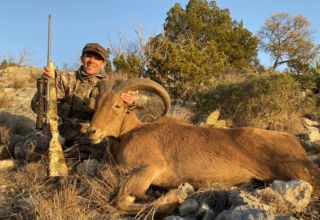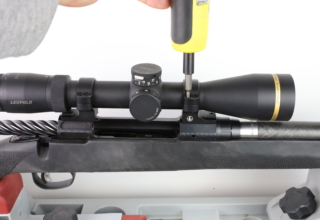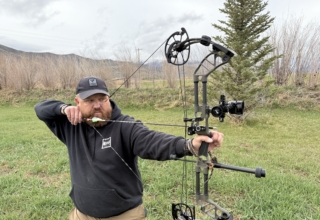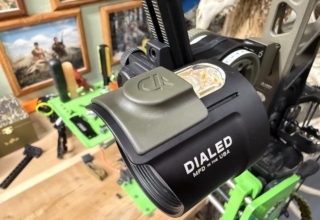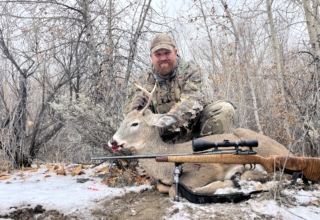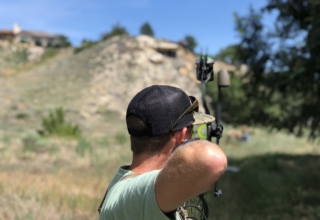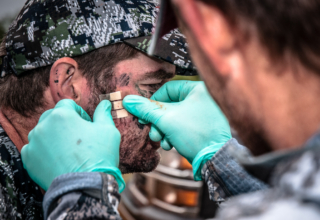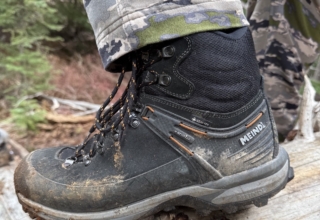Sometimes taking a much-needed break is the best way to kill elk.
by Zach Bowhay
Sometimes, the best way to hunt in the evening is to sit, settle in with a good pair of binoculars and a spotting scope, and let the landscape come alive before you.
While I enjoy hunting for elk in the evenings, my true passion lies in morning hunts. It’s not that evening hunts haven’t been successful for me—they certainly have. However, some challenges can make these hunts more difficult.
I’m not saying you shouldn’t hunt evenings. You absolutely should, especially if you know where some elk are. Evening hunts, especially during a full moon, can be excellent as elk are often more active during the evening as they prepare to be active throughout the night under the moon’s light.
There are times, though, when sitting and glassing is the better route if you aren’t seeing or hearing many elk while you are actively hunting. Finding elk is often one of the most challenging pieces of the puzzle, so giving up an evening hunt to do so can pay off in spades.
The Struggles Of Evening Hunts
Evening hunts are a race against the fading light. Elk often wait until the last hour or so of daylight to get active. This leaves you little time to make a move before darkness envelops everything.
Then there’s the wind. Mother Nature’s breath is often unpredictable as the sun sets. Unless you’ve spent your day perched on the mountain, you’ll likely be waiting for the sun to dip before the wind switches. Whether you’re above or below the elk, dealing with a sudden wind change at the wrong moment can be frustrating, if not detrimental to your hunt.
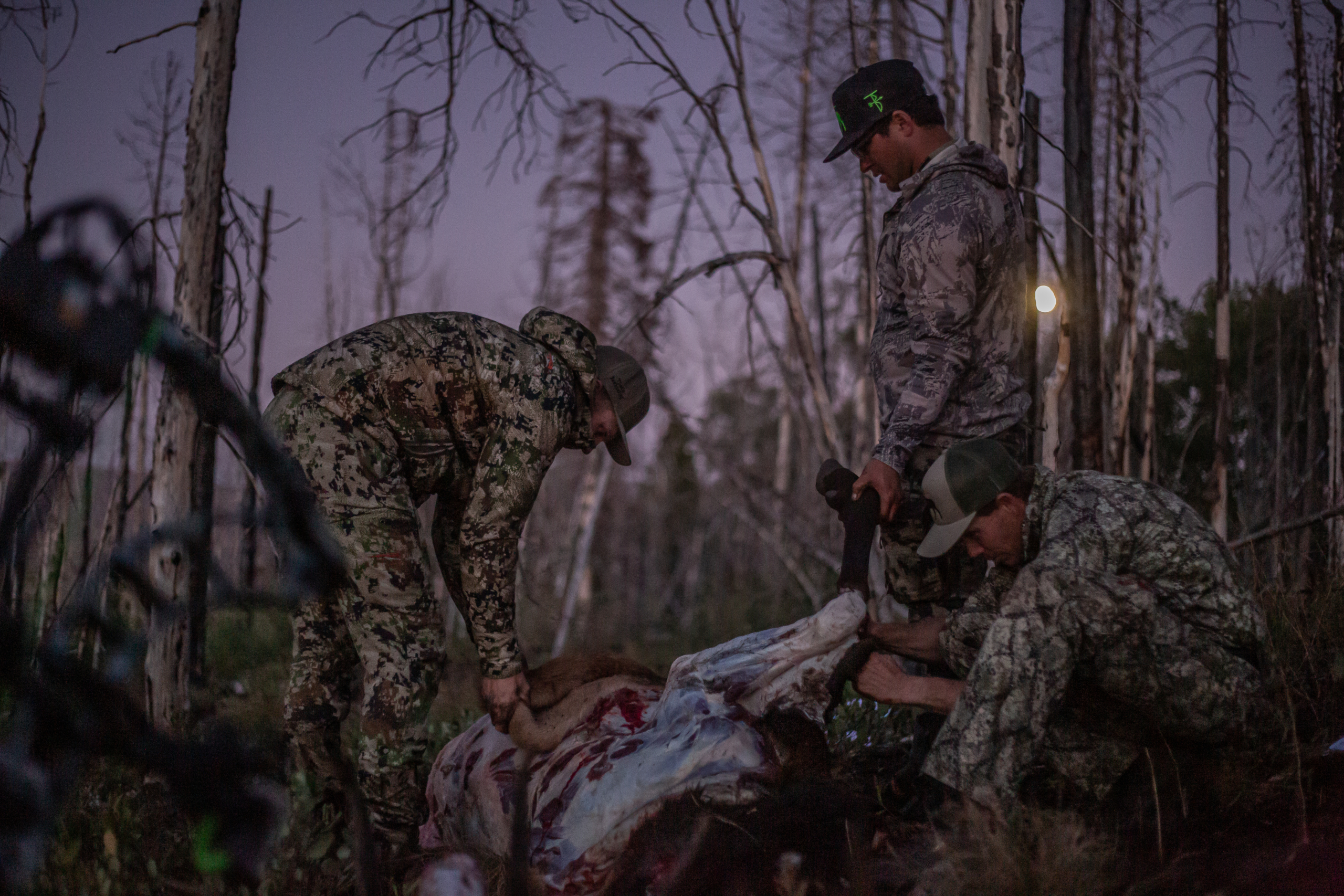
The most daunting challenge of evening hunts is the prospect of downing a bull right before nightfall. The darkness itself isn’t the problem—it’s what it complicates. Blood trailing becomes a meticulous task. Plus, butchering an elk by headlamp is physically and mentally demanding, especially if you’re hunting solo. Breaking down a bull is hard work in daylight. With only the dim glow of a headlamp, it becomes a formidable task.
Embrace The Benefits of Glassing
Despite these challenges, evening hunts can be incredibly rewarding. I still embark on them regularly. However, there’s another way to spend your evenings that can significantly enhance your chances of success: glassing!
One of the most effective evening strategies is positioning yourself on a high vantage point with a clear view of the surrounding elk country. Sometimes, this requires a strenuous midday climb to reach the perfect spot. Other times, you might be able to drive close to your evening glassing location. The method doesn’t matter as much as the result. What’s important is finding a place to observe areas where elk will likely emerge as daylight fades.
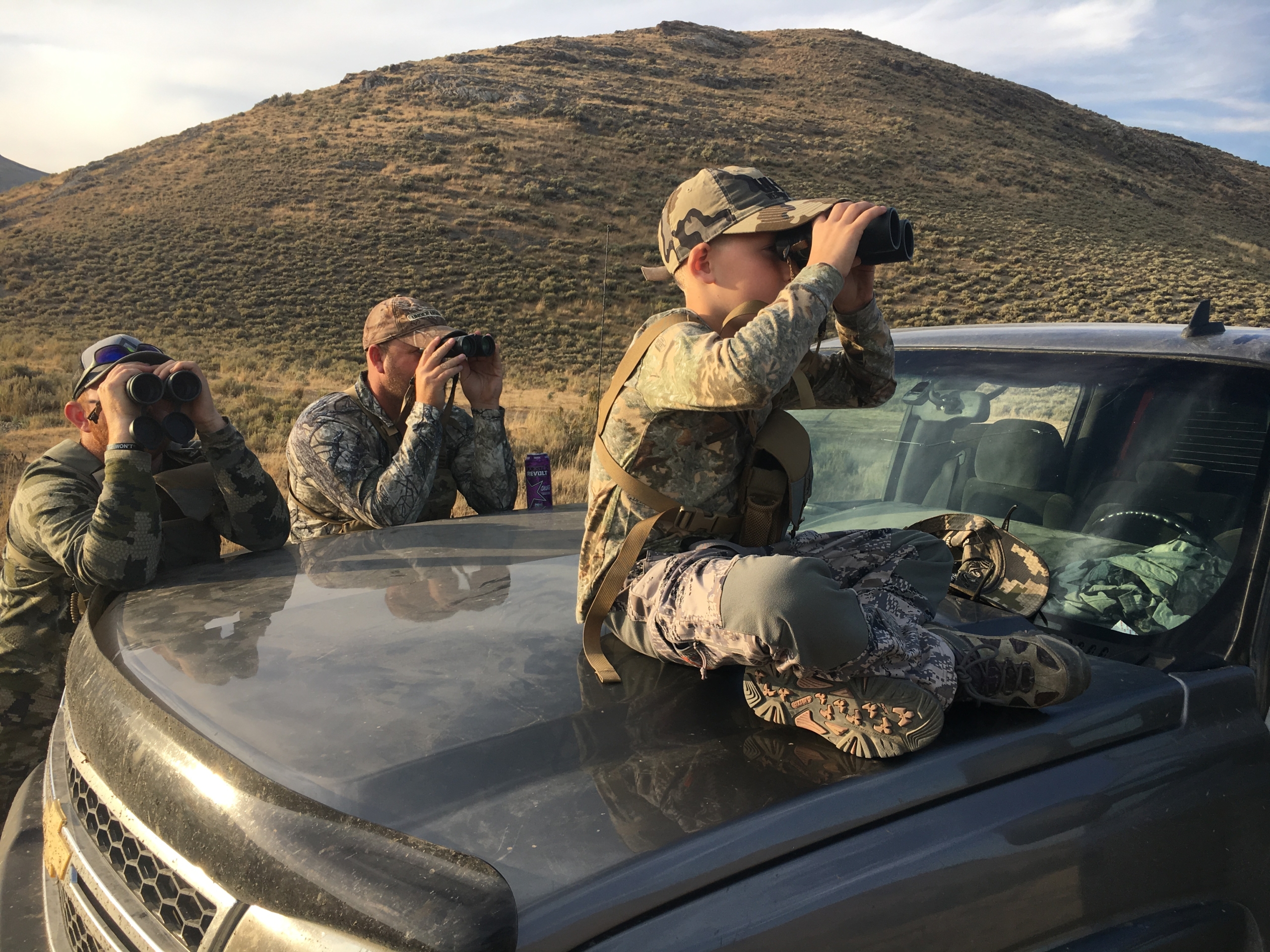
I often prefer hiking to a high point where I can survey vast terrain stretches. Ideally, I want this locale to be within striking distance of some nearby cover where elk might be hiding. This way, when I’m scanning the landscape with my optics, and a bull comes into view or starts bugling, I can quickly move in the last moments of the day to seize the opportunity.
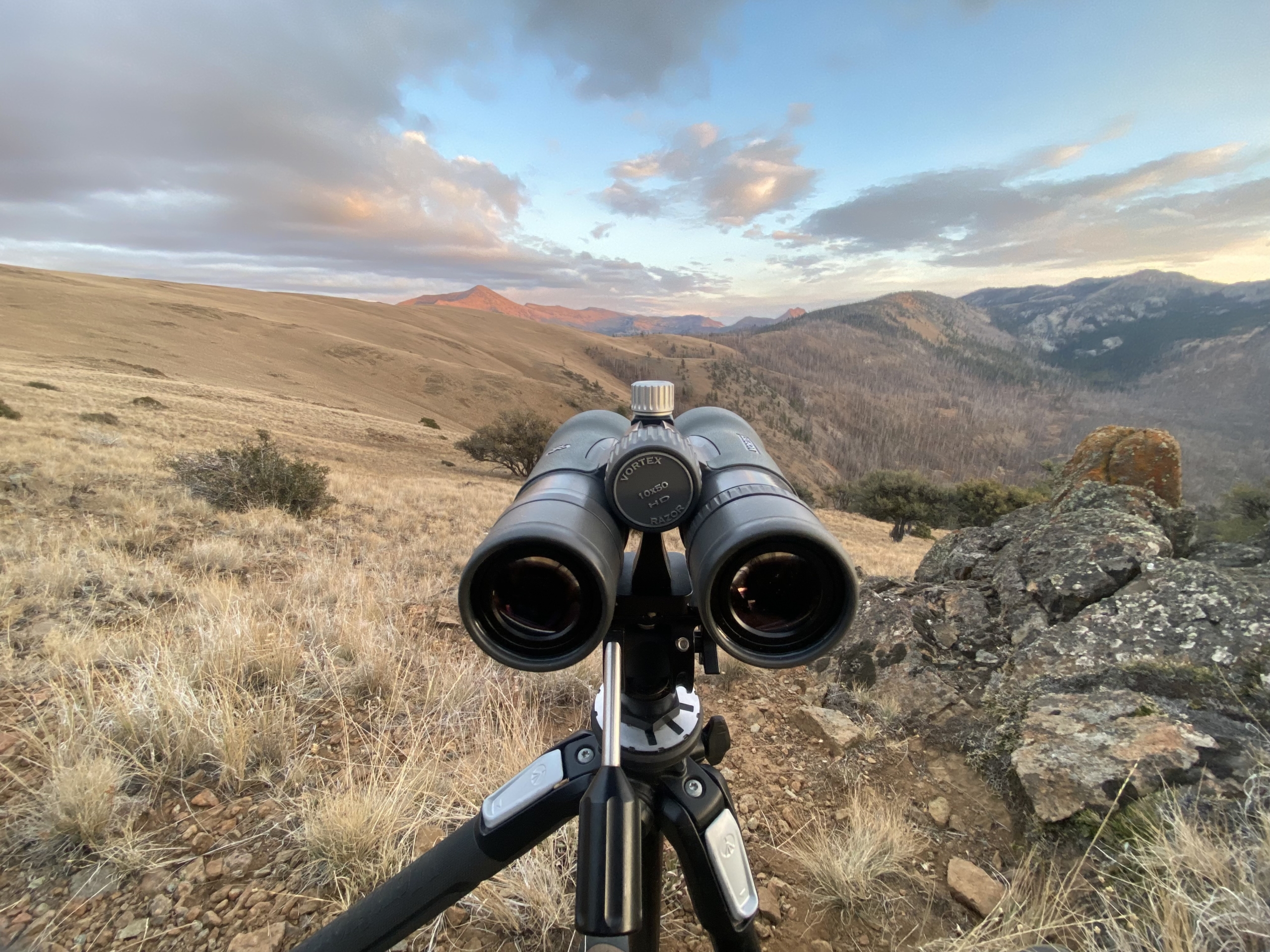
Remember, elk are large animals and can be spotted from considerable distances. Make sure to glass any huntable terrain within your sight thoroughly. Even if you can’t determine their size or exact location, your goal is to identify elk you can pursue the following morning.
Additionally, keep your ears open for distant bugles. While you won’t always hear them from afar, occasionally, if you listen intently, you might catch the sound of an elk you can’t see, giving you another option to consider.
You don’t have to have the biggest and the baddest optics (although it never hurts), but a good pair of binoculars, a decent spotting scope and a sturdy tripod are a must on any hunt out west. If you aren’t necessarily looking for a particular size of a bull, a spotter isn’t necessary, but I still like mine for long-range glassing in this scenario.
Mapping Out A Plan
Once you’ve spotted elk to pursue the next day, take some time before leaving your vantage point to devise a plan. Identify landmarks, map out a route, and make an educated guess about where the elk might head during the night. Predicting their movements can be challenging, but watching them until darkness gives you the best chance of estimating their general location.
Elk can cover significant ground during the day’s waning hours, so keep an eye on them for as long as possible. If you’re camping, you’ve done all you can for the night—get some rest. If you’re hunting from a roadside base camp in unfamiliar territory, consider driving around after dark to locate the nearest trailhead or parking spot for the following day. This simple action can save you valuable time and help you be on the trail and in position before first light.
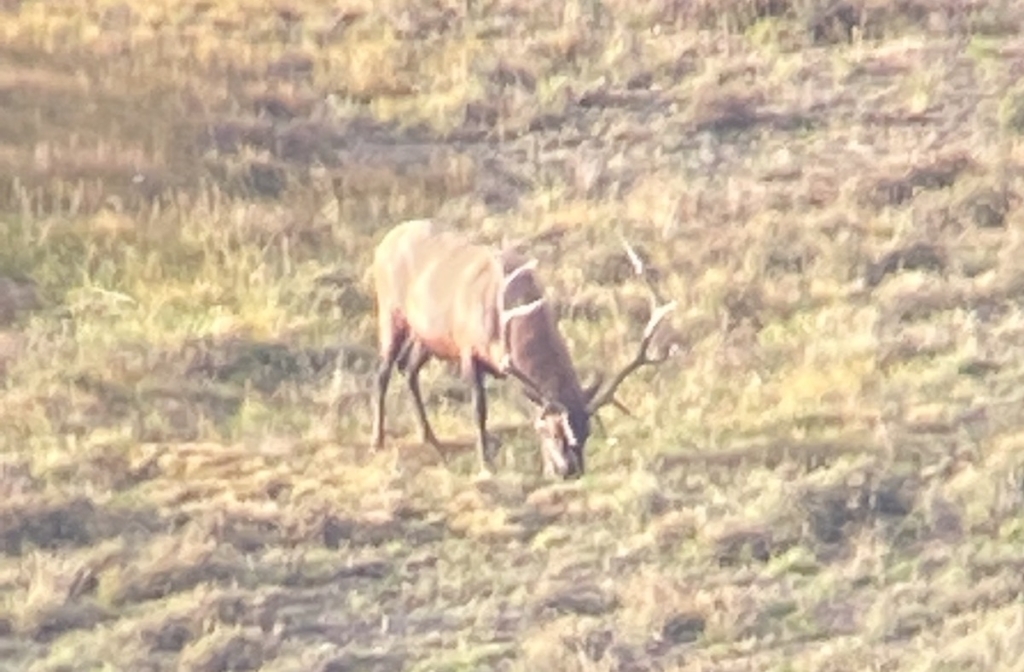
Make sure you have maps. I like to have paper maps and digital maps downloaded from my favorite mapping app. This will allow you to find open roads and trailheads and be near any elk you may find. Having the maps ahead of your hunt is a huge timesaver and should always be a forethought.
The Hidden Benefit
One of the most significant advantages of this approach is the opportunity to rest. Mountain hunting is exhausting, and elk hunting is no exception. By spending the evening glassing instead of actively hunting, you give yourself a chance to recharge. Often, this approach means a shorter hike back to your camp or vehicle after dark. This means a better evening meal, more sleep, and a well-rested start the next day.
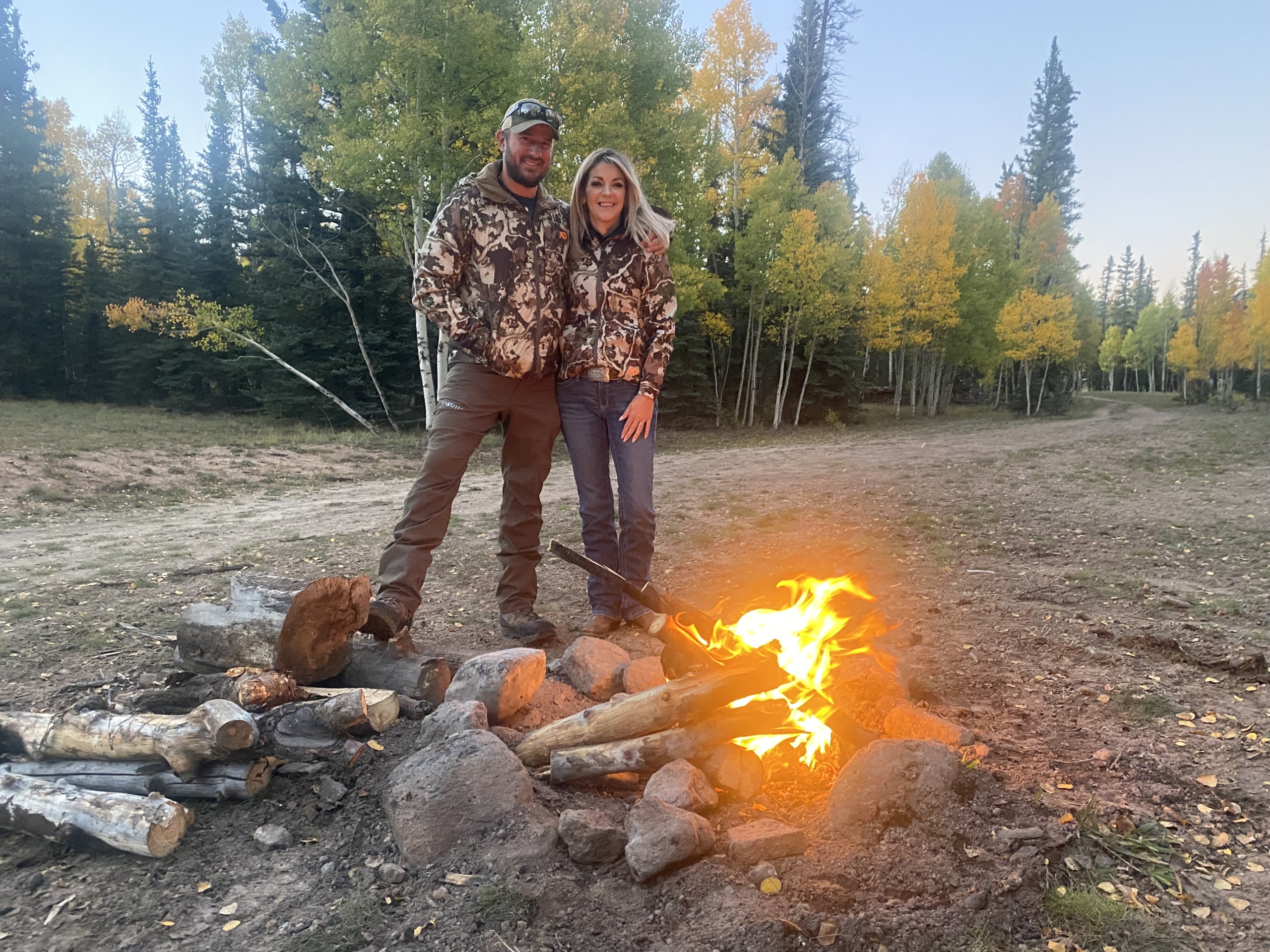
Even though you’re not actively chasing elk, you’re still setting yourself up for success. Your body and mind get a much-needed break, and with this strategy, you’re still laying the groundwork for a successful hunt.
Putting It All Together
As I mentioned, evening hunts are always valuable. You should partake in them often. However, if you aren’t seeing or hearing many elk or you are just tired and sore and need a break, an evening glassing session may be just what the doctor ordered.
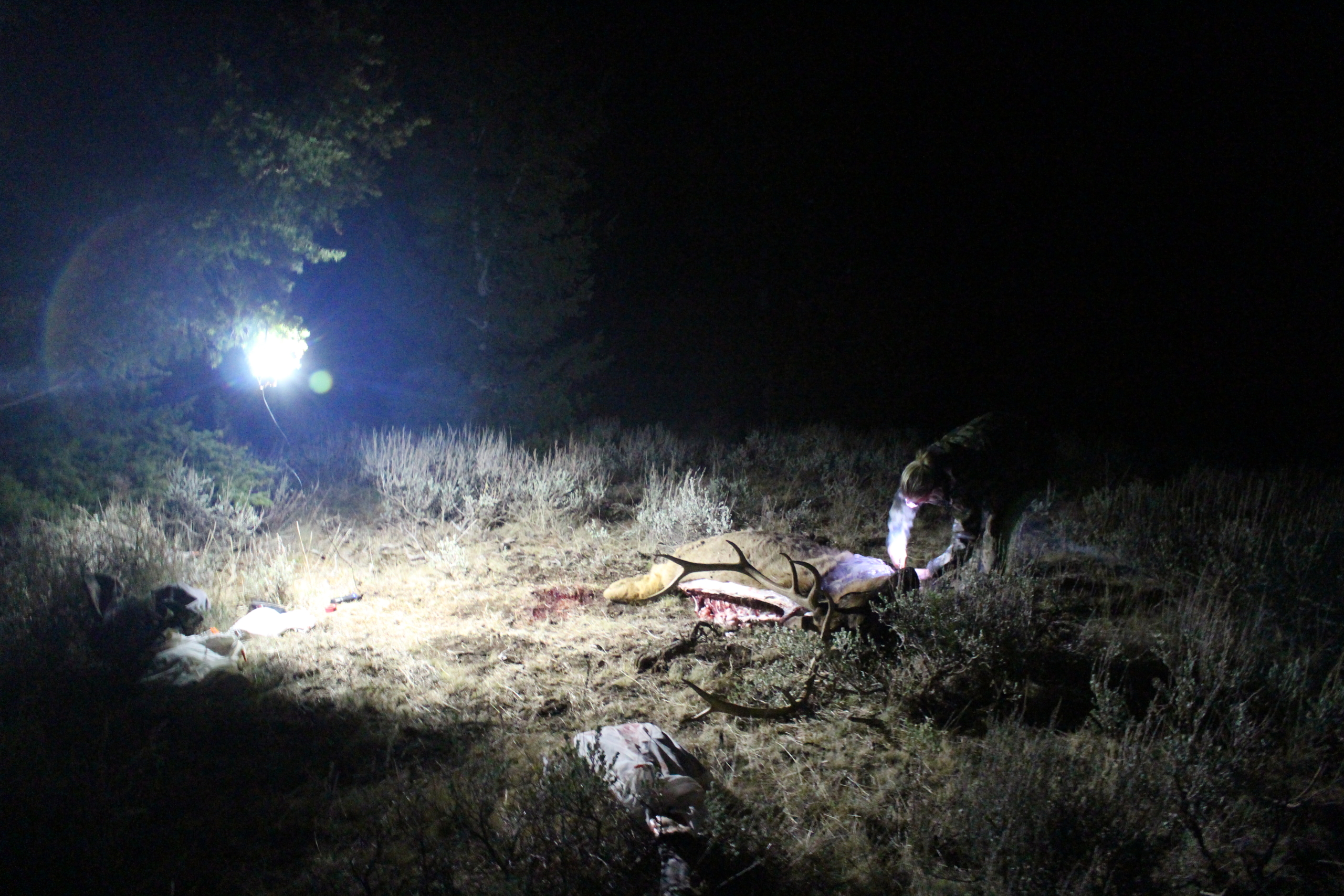
Find an excellent glassing point, get comfortable, and let your optics do the work. Pinpoint elk, find your closest location to attack, and hit the trail well before daylight. Having a reasonably accurate pin on a map of where the elk will be in the morning and slipping into that area while they are still up and feeding is one of the surest ways to get yourself into some elk action. Good luck out there!


